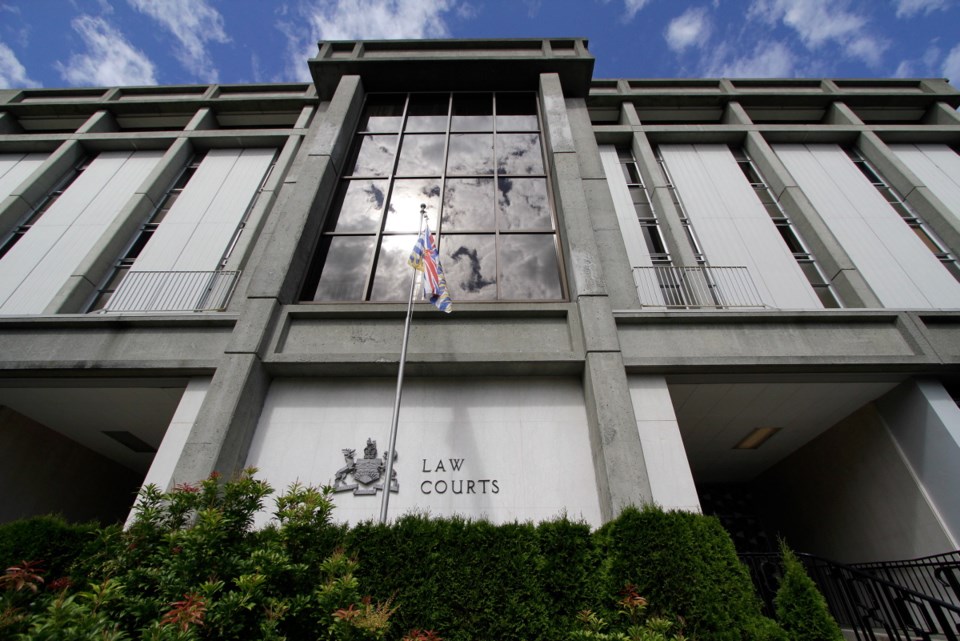A Greater Victoria high school student who allegedly sent naked photos of her boyfriend’s ex-girlfriend to a friend has launched a constitutional challenge against charging youth who engage in “sexting” with child pornography offences.
The 16-year-old girl, whose identity is protected under the Youth Criminal Justice Act, was charged in February with possession and distribution of child pornography and with uttering threats to cause death and bodily harm to the ex-girlfriend. The offences are alleged to have taken place in November 2012.
On Thursday, her lawyer Christopher Mackie will argue in Youth Justice Court that it is unconstitutional to charge youths who engage in “sexting” with child-pornography offences because sexting — sending sexualized or erotic images — is lawful for adults.
The objective of the child-pornography provisions in the Criminal Code is to denounce and deter pedophilia, Mackie said.
“The provisions were created to protect children. So is it now appropriate to use those provisions to prosecute children?” asked Mackie.
“On a common sense level, does it make sense to charge youth with child pornography if they are not engaged in pedophiliac behaviour?”
According to defence submission filed with the court, the Crown is alleging that a teenage boy asked his girlfriend to send him photos. She sent him some images. Then he sent her nude photographs of himself.
When they broke up, the teenage boy started dating the accused. He started to believe his ex-girlfriend had shown his nude pictures to other people. He got angry and showed the accused the photos of his ex-girlfriend. The accused then sent the images to the ex-girfriend and to another friend.
The accused is denying the charges laid against her.
Criminal justice branch spokeswoman Samantha Hulme said the Crown considered the law and evidence forwarded by police and decided that a prosecution for possessing and distributing child pornography and uttering threats was in the public interest.
Saanich Sgt. Steve Eassie said charges were pursued because this was not a situation where two consenting youths were sending photos to each other.
“The accused began using the photos for the purpose of bullying,” Eassie said. “It’s very unfortunate.”
The lesson to be learned from this situation is not to share photographs, Eassie said.
“Once you send a photograph, you don’t know what someone is going to do with it.”
There’s no question that sexting and related behaviour in youths can result in dire circumstances, Mackie said.
“The concern for my client is whether or not charging people who engage in that activity is lawful.”
Pursuing the legal challenge was a difficult decision for his client, Mackie said.
“It’s been a very stressful period for her… but she’s hopeful that this will give us some kind of definitive answer, at least for British Columbia, as to whether or not this is the appropriate way to deal with the issue,” he said.
The criminal justice branch does not have statistics on the number of youths charged with child pornography offences in B.C., Hulme said.
In February 2012, a teenage boy who took photos of an alleged sexual assault at a Pitt Meadows rave in September 2010 was sentenced to a year’s probation.
The youth had previously been charged with producing and distributing child pornography, but pleaded guilty to distributing obscene material.
He also had to write an essay on the dangers of social media and a letter of apology to the victim.



